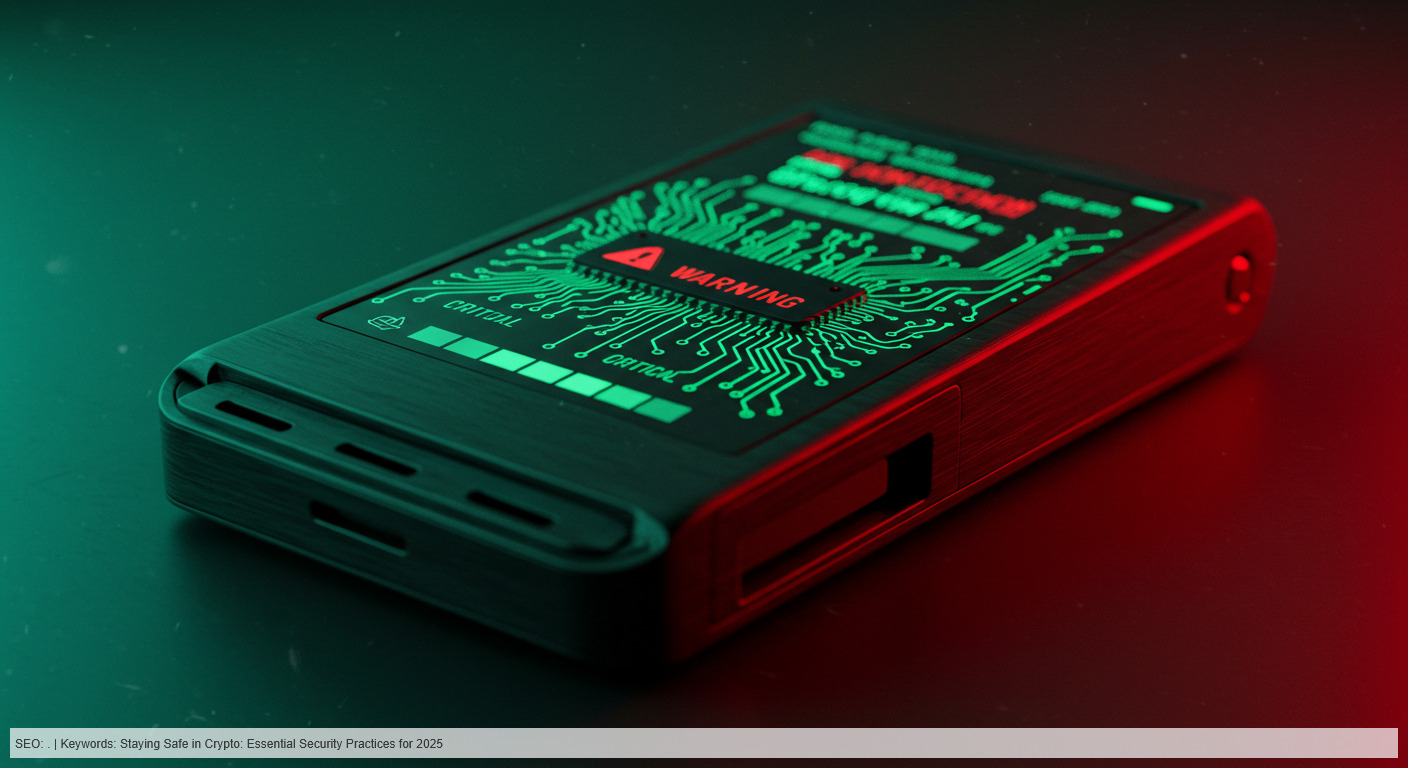Imagine you’re at a lemonade stand. You hand over a dollar, the kid gives you a cup, and that’s it—deal done. No bank, no paperwork, just a simple exchange. Now picture that same vibe, but for loans, savings, or trading, all happening online without some big-shot company taking a cut. That’s Decentralized Finance, or DeFi—a fresh take on money that’s shaking things up with blockchain tech. It’s powered by something called smart contracts and runs on a system that’s way more than just Bitcoin. Let’s break it down together and see why it’s got everyone talking.
DeFi: Banking, But Make It Personal
You know how banks work, right? You want a loan, so you fill out a million forms, wait forever, and hope they say yes—all while they charge you fees for the privilege. DeFi flips that on its head. It’s like a financial playground where you don’t need permission to play. No bank, no suit telling you what you can’t do—just you, your phone, and a global network that doesn’t care where you’re from. Want to lend money to someone across the world and earn interest? You can. Want to trade some crypto with a stranger? Go for it. It’s all built on blockchain, and the secret sauce is something called smart contracts.
Smart Contracts: Deals That Don’t Need a Handshake
Okay, smart contracts sound fancy, but they’re pretty simple when you get down to it. Think of them like a promise written in code—a promise that can’t be broken. Say you’re buying a used bike online. You don’t trust the seller, and they don’t trust you. A smart contract steps in like a neutral buddy: it holds your money until the bike shows up at your door. If it does, the seller gets paid. If it doesn’t, you get your cash back. No arguing, no “he said, she said”—the code handles it.
These little digital agreements are why DeFi works. They run on blockchains like Ethereum, which is like a giant, un-hackable notebook everyone can see. I once tried lending some crypto through a DeFi app—set it up in minutes, and the smart contract paid me interest every day, no bank teller involved. It felt like magic! But here’s the catch: if the code’s sloppy, things can go wrong. A few years back, someone lost millions because a smart contract had a glitch. It’s rare, but it’s a reminder—tech’s only as good as the humans writing it.
Blockchain: More Than Just Crypto Cash
You’ve probably heard of blockchain because of Bitcoin, but it’s so much bigger than that. Imagine a diary that’s shared with the whole world, where every page is locked tight—no one can rip it out or scribble over it. That’s blockchain: a record of every deal, every move, open for anyone to check. In DeFi, it’s the backbone that keeps things honest and lets you do wild stuff like yield farming—think of it as planting your money in a digital garden and watching it grow with interest. My buddy tried it and couldn’t stop bragging about the extra cash he made.
But blockchain isn’t just for DeFi nerds. My cousin works in shipping, and her company uses it to track coffee beans from Colombia to your cup—proof it’s the real deal. Gamers are obsessed with NFTs, those one-of-a-kind digital treasures you can own, like a virtual trading card. Even my uncle, who’s big into politics, says blockchain could make voting cheat-proof someday. It’s like this tech is sneaking into every corner of life, and DeFi’s just the loudest kid on the block.
Why DeFi Feels Like a Big Deal
Here’s where it gets real. DeFi isn’t just cool tech—it’s a lifeline for people like my friend Maria, who lives in a small town with no bank nearby. She uses DeFi to save money and earn a little extra, all from her phone. Over a billion folks worldwide can’t get a bank account, but DeFi doesn’t care about your address or credit score. It’s a chance to join the money game without begging for a seat.
Plus, it’s yours. In a bank, your savings are theirs to freeze or mess with. In DeFi, you hold the keys—literally, a digital password—and no one can touch it but you. I felt like a mini rebel the first time I moved some cash into a DeFi wallet. But it’s not all smooth sailing. The prices bounce like a trampoline, and scams pop up if you’re not careful. My neighbor lost a chunk of change to a shady app last year—lesson learned: do your homework.
Where’s This All Going?
DeFi’s still the new kid, but it’s growing fast. A few years ago, it was a $100 billion experiment. Now? People think it could hit a trillion soon. New blockchains keep popping up, making things faster and cheaper, and I’ve heard whispers about DeFi handling real stuff—like buying a house or a car with a few clicks. Imagine smart contracts paying your insurance claim the second your fender’s bent, or funding a solar panel project without some bank skimming the top. It’s not just money—it’s a whole new way of doing things.
Want In? Here’s Your Invite
DeFi’s not a secret club—it’s an open door. You don’t need to be a tech wizard or a millionaire. I started with a cheap crypto wallet and a few bucks, just to see what the fuss was about. It’s messy, it’s exciting, and yeah, it’s a little scary sometimes. But it’s also a chance to take charge of your money in a way our parents never could.
So, what do you say? Grab a coffee, download a wallet, and poke around. DeFi’s here, and it’s waiting for you to jump in.



















